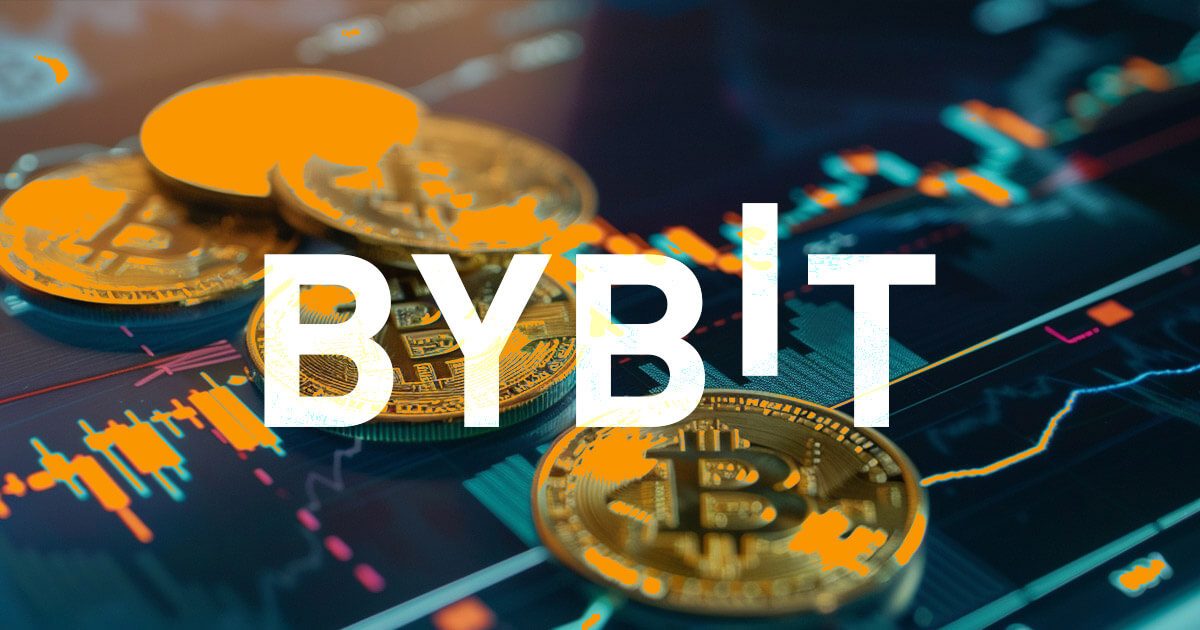FTX, the now-discontinued cryptocurrency exchange, has released its plan to categorize its creditors into distinct groups based on their claims. Additionally, the exchange has outlined a potential route for one particular class of claimants to relaunch the FTX platform, involving external investors, subject to the consent of the concerned group.
FTX to restart trading for international customers
The latest filing has detailed the division of claimants into multiple categories. The initial group comprises claimants associated with the offshore exchange FTX.com, called “dotcom customers.” Following that are the customers of the U.S. exchange, identified as “U.S. customers.” Subsequently, the customers of its NFT exchange are categorized, along with general unsecured, secured, and subordinated claims. The general claims include those from Alameda’s lenders or trading partners, whereas the subordinated claims pertain to taxes and fines arising from penalties.
The claims’ priority will be established based on the “waterfall priorities,” each class will receive a proportional payout from the remaining pool after the preceding class’ has been settled. There will then be a series of discussions with stakeholders to determine the exact sequence of payouts. As for the members in the “Dotcom claimants” group, which includes past customers of FTX.com, they have the option to combine their assets to establish either an “offshore exchange company” not accessible in the U.S.
The Debtors can consider a non-cash approach for the Offshore Exchange Company’s remittance to the Dotcom Customer Pool instead of providing solely cash. This non-cash consideration may be equity securities, tokens, or other interests in the Offshore Exchange Company. The document also proposes that the Dotcom Customer Pool may receive rights to invest in such equity securities, tokens, or other interests. The document reads that the debtors might opt for a stake in the new exchange rather than a cash payout.
FTX ‘2.0 reboot’ has been in the works
Potential FTX reboots have already been hinted at, as seen by interim CEO John Ray III’s fillings from May, where he talked of an “FTX restart” or a “2.0 reboot.” In a court filing on May 22, the FTX team presented a compensation report outlining the efforts made by Ray during the Chapter 11 bankruptcy proceedings, highlighting his work to safeguard the debtor’s interests. However, the mention of a possible reboot of FTX drew significant interest from the crypto community.
In January, Ray first discussed rebooting the struggling crypto exchange. During that period, news reports indicated that the bankrupt exchange had identified $5.5 billion in liquid assets, and the new CEO was collaborating with creditors to devise a revival strategy. Subsequently, in April, the exchange managed to recover $7.3 billion in assets. As a result, the FTX team has set a target to restart the exchange by the second quarter of 2024.
Meanwhile, the FTX case is still in progress, with the latest being that the federal prosecutors have filed a motion to revoke the $250 million bond granted to Sam Bankman-Fried. While he was out on pretrial release, they said that the creator of the now-defunct FTX exchange made new attempts to obstruct government witnesses. According to a 12-page letter submitted to Judge Lewis Kaplan, prosecutors claim that Bankman-Fried leaked personal and sensitive diary entries written by his ex-girlfriend and former Alameda Research CEO, Caroline Ellison, to The New York Times. The alleged purpose of this action was to portray a crucial cooperator testifying against him in a negative and incriminating manner.
In response, Bankman-Fried’s defense lawyer, Mark Cohen, rejected the accusations of witness tampering during a court appearance, asserting that Bankman-Fried was exercising his First Amendment rights by communicating with the media. Cohen has since stated that his team requires additional time to address the government’s “hyperbolic assertions” and to present the facts concerning Bankman-Fried’s communications. Further, he intends to file a formal opposition brief before Judge Kaplan decides whether to revoke Bankman-Fried’s bail.





